We are going to discuss the distinction between the natural sciences and social sciences, focusing on how knowledge is derived and applied in both. Natural sciences are grounded in immutable natural laws, from which hypotheses can be deduced. These laws provide a high level of precision and predictability. In the social sciences, on the other hand, we are not dealing with natural laws but with human interactions, and the precision found in natural sciences is not achievable. Since social sciences involve people and their interactions with machines and environments, attempting to establish universal laws is impractical and undesirable. Instead, the aim is to develop a theoretical understanding of social phenomena, and to extract general conclusions from these.
One advantage in the field of Information Systems is the pliability of knowledge. Unlike the fixed laws of the natural sciences, social science knowledge is more flexible. Our job as researchers is to manipulate this knowledge—not in a deceptive way, but to present it in a way that makes our research contributions stand out. This flexibility allows us to adapt the existing body of literature to craft a compelling contribution.
However, research institutions and their reviewers tend to be conservative because they can only evaluate new knowledge in terms of what they already know. This means that if you deviate too far from the established knowledge base, your work might not be fully understood or appreciated, particularly at the early stages of your career. As PhD students or early-career scholars, we are more likely to follow conservative approaches. But as we progress in our careers—building our reputation, connections, and experience—we can take more intellectual risks, though within reasonable limits. As senior researchers, we gain the license to challenge existing paradigms and push the boundaries of knowledge.
Difference between scientific or academic knowledge
Now lets talk about the difference between scientific or academic knowledge and common-sense, day-to-day knowledge. While both involve learning and use of information, academic research goes through a rigorous, systematic process that controls for biases and aims to be objective. In contrast, everyday knowledge is often shaped by belief systems, perceptions, and is loosely structured. Scientific knowledge eliminates metaphysical or unobservable explanations, striving for clarity and objectivity through empirical validation. The challenge for researchers is to tell the story of their research. You must frame your work as a contribution to knowledge: explain what the research is about, why it matters, what the world looked like before the research, what you did, and how the world has changed because of it. This narrative is key to communicating your findings and making an impact.
Kuhnian thinking.
lets talk a bit Kuhnian thinking. Thomas Kuhn proposed that scientific progress is not a linear accumulation of knowledge but happens through paradigm shifts. In Kuhn’s view, there is no absolute reality or truth; instead, truth is evaluated relative to the prevailing paradigm—a shared understanding of how knowledge is generated, what counts as good knowledge, and what constitutes a valid study. Fields with strong paradigms, like physics, have clearer criteria for evaluating knowledge, whereas multi-paradigmatic fields like Information Systems have diverse perspectives. This diversity leads to reviewers evaluating research based on their own paradigms and bounded rationality. Kuhn emphasized that when paradigms fail to explain anomalies, scientists can either ignore these anomalies or try to build a new structure around them, creating what Kuhn referred to as a revolution in science. In these cases, persuasion, rather than logic, becomes key to convincing others to adopt a new paradigm.
Knowledge Epistemology
Lets dive in and talk about epistemology, which refers to the evaluation of knowledge and its validity. Epistemology has evolved over centuries, from the classical view of innate knowledge promoted by Greek philosophers, to the empiricism of the Renaissance, and finally to the pragmatic view that knowledge must be useful in practice. Classical epistemology considered knowledge as static and innate, with the role of philosophers being to bring this knowledge to the surface through methods like Socratic questioning. Sensory information was seen as corrupting true knowledge.
However, over time, thinkers like Kant formalized the idea that knowledge is derived from both sensory experience and rational thought, laying the foundation for today’s cognitive structures. The pragmatic view, which dominates current epistemology, insists that knowledge must be practical. Models of the world are judged by their utility—how well they help us understand and interact with reality. Logical positivism, a dominant philosophy in the 20th century, promoted the idea that theories should be based on empirically testable statements, while avoiding metaphysical or untestable claims.
Popper added to this by emphasizing falsifiability over verification. According to Popper, a theory is only scientific if it can, in principle, be proven false. The more falsifiable a theory, the better it is. Falsifiability requires precise constructs and variables, which can be measured and tested in the real world. Constructs are the building blocks of theory; they are abstract and unobservable. When a construct is operationalized for measurement, it becomes a variable, which is observable and measurable. The quality of a theory is determined by how well the variables measure the constructs, a concept known as construct validity. Hypotheses are the observable counterparts of propositions and test the relationships between variables.
Broad theories tend to be more abstract and difficult to falsify, while narrower theories are more closely tied to practice and easier to test. For example, a case study of a specific company might provide a close-to-practice theory, while a highly abstract theory would need more empirical testing to validate. Theories also have boundary conditions—limits in terms of where, when, and for whom they apply. By identifying the temporal, spatial, and population boundaries of a theory, researchers can better articulate its relevance and applicability.
Advancing knowledge involves testing theories across different contexts to understand when and where they hold. This helps to refine theories and make them more generalizable. A theory’s strength lies not just in its falsifiability but also in its usefulness—its ability to generate multiple hypotheses. The more hypotheses a theory can generate, the more useful it is. However, a theory that is too powerful or abstract might become difficult to test.


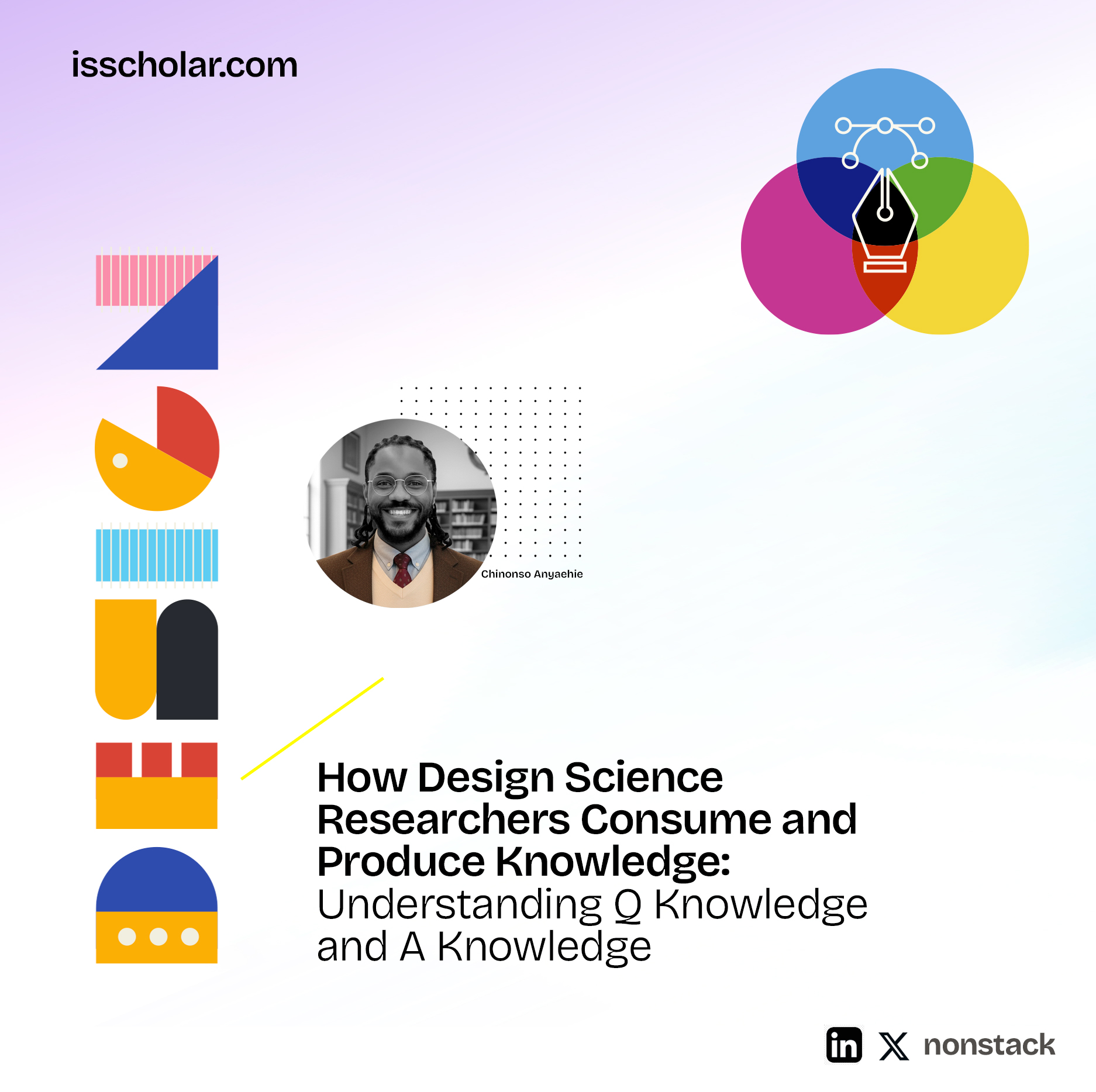
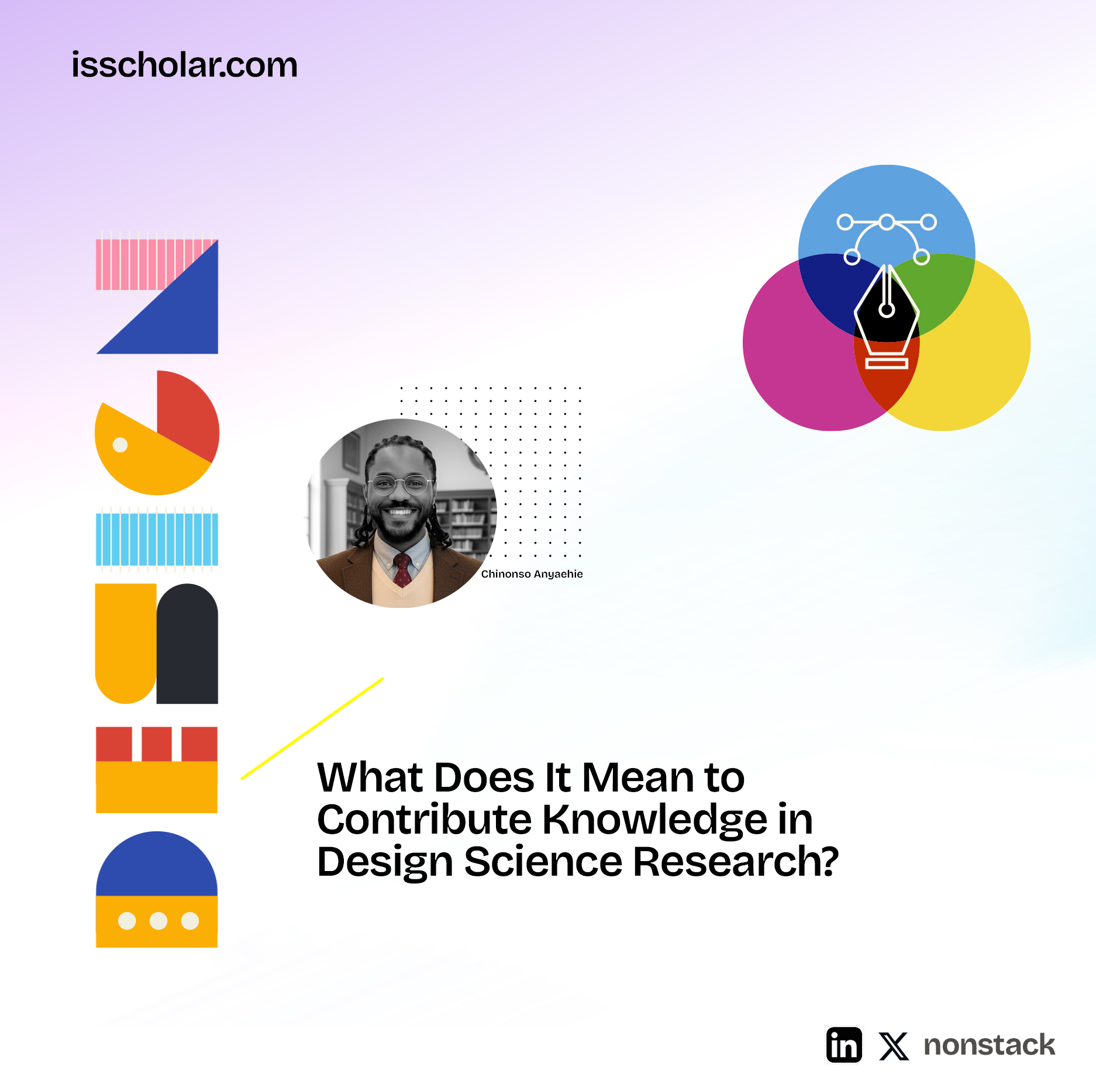
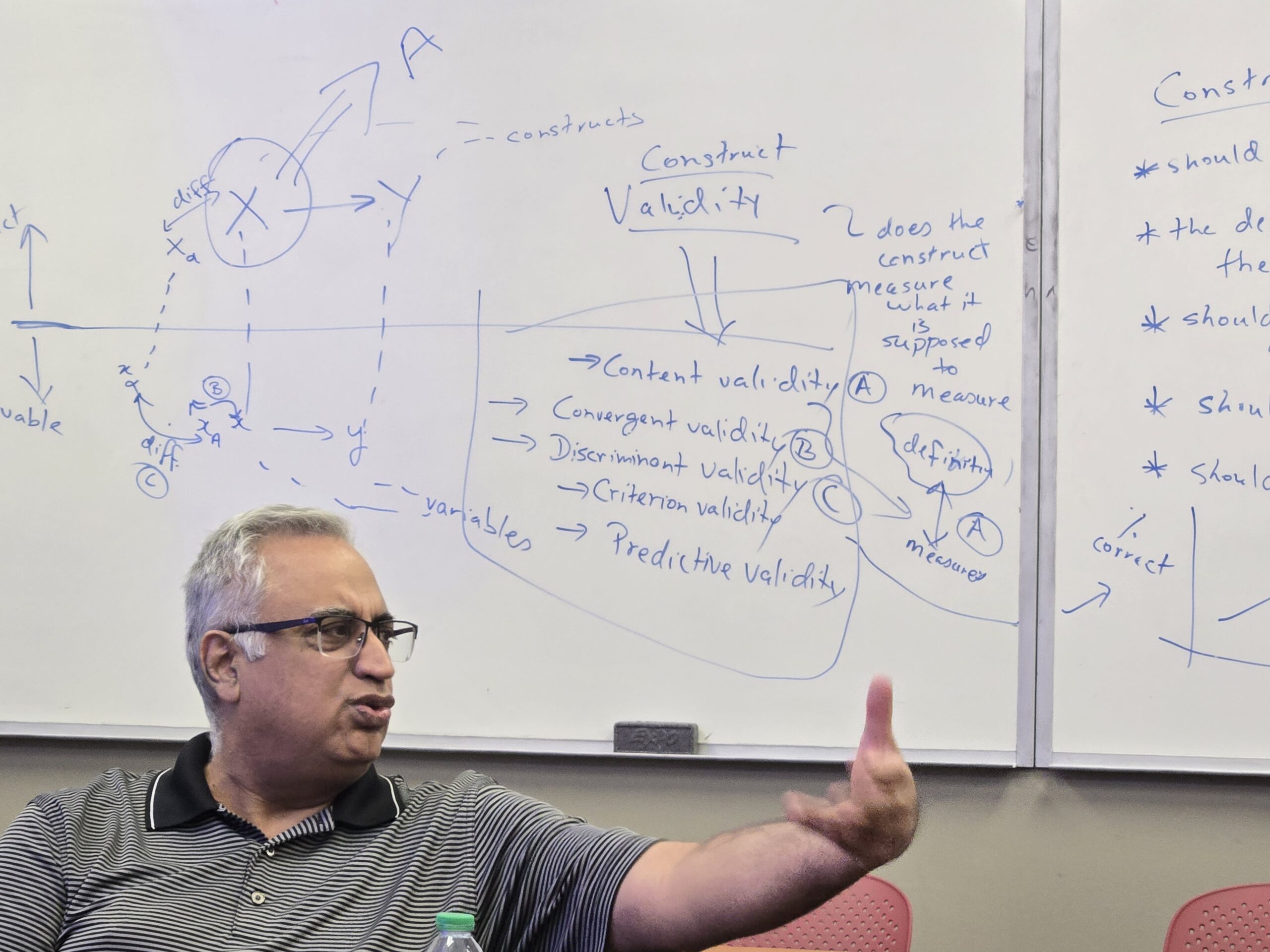
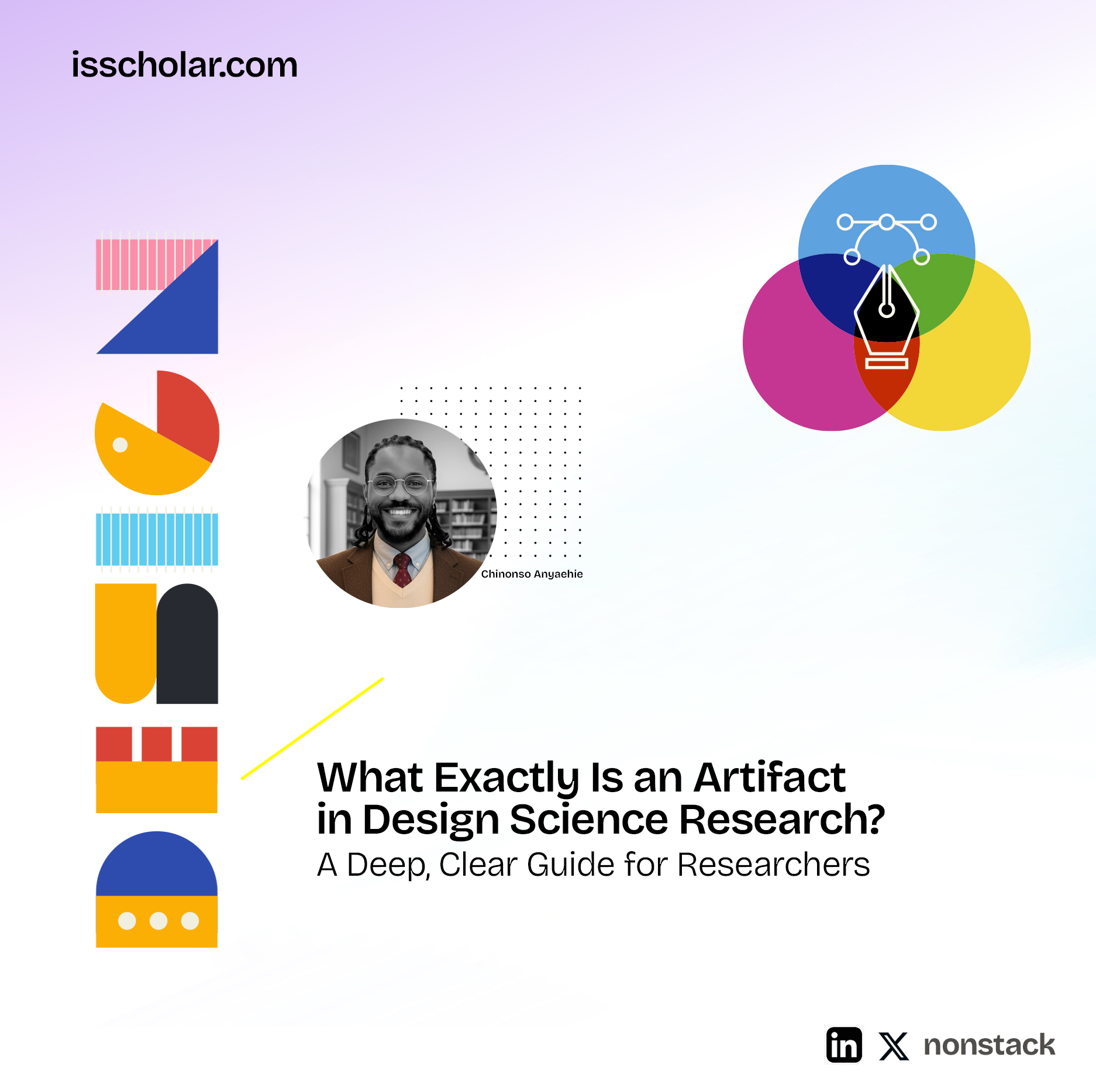
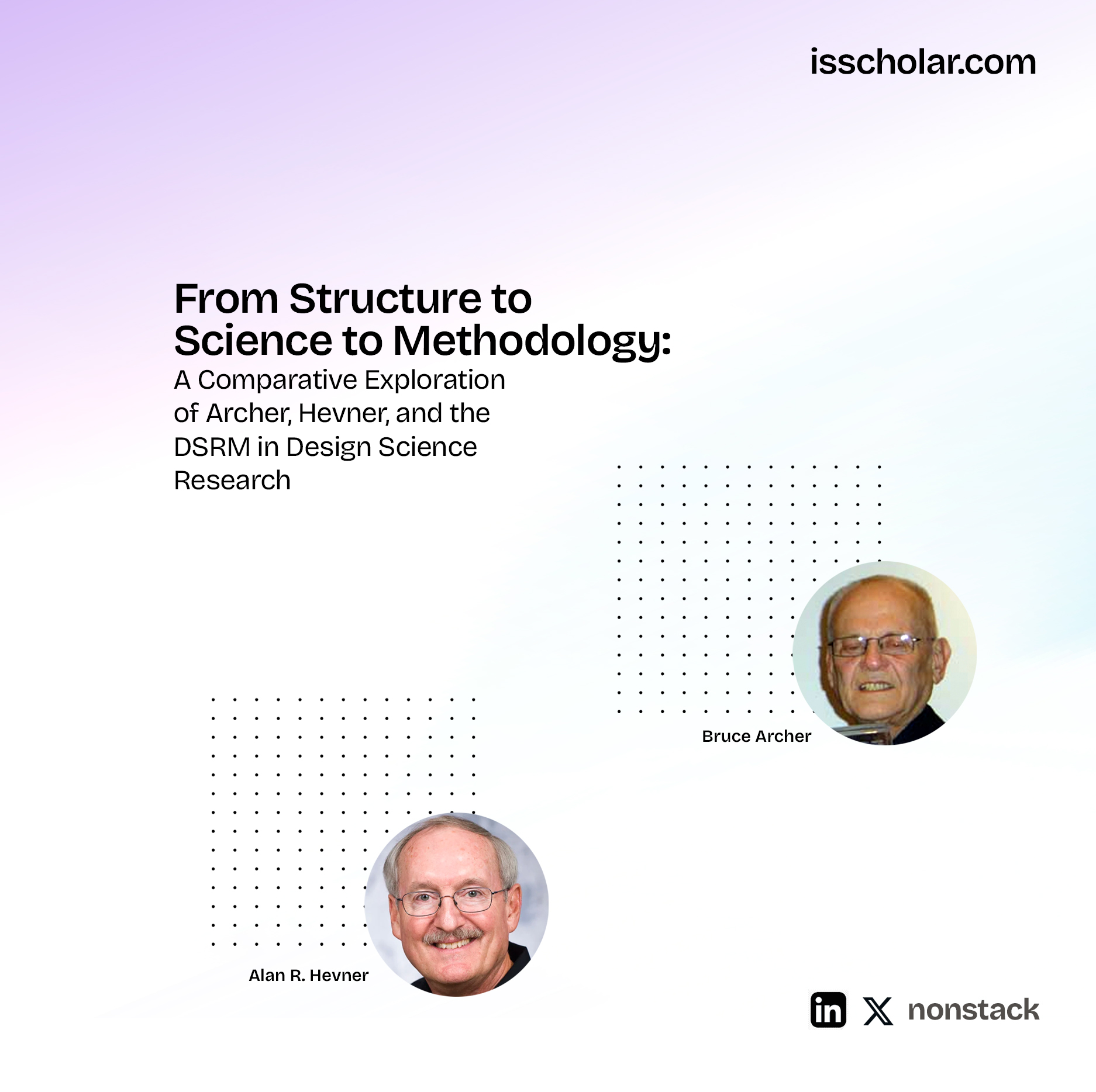
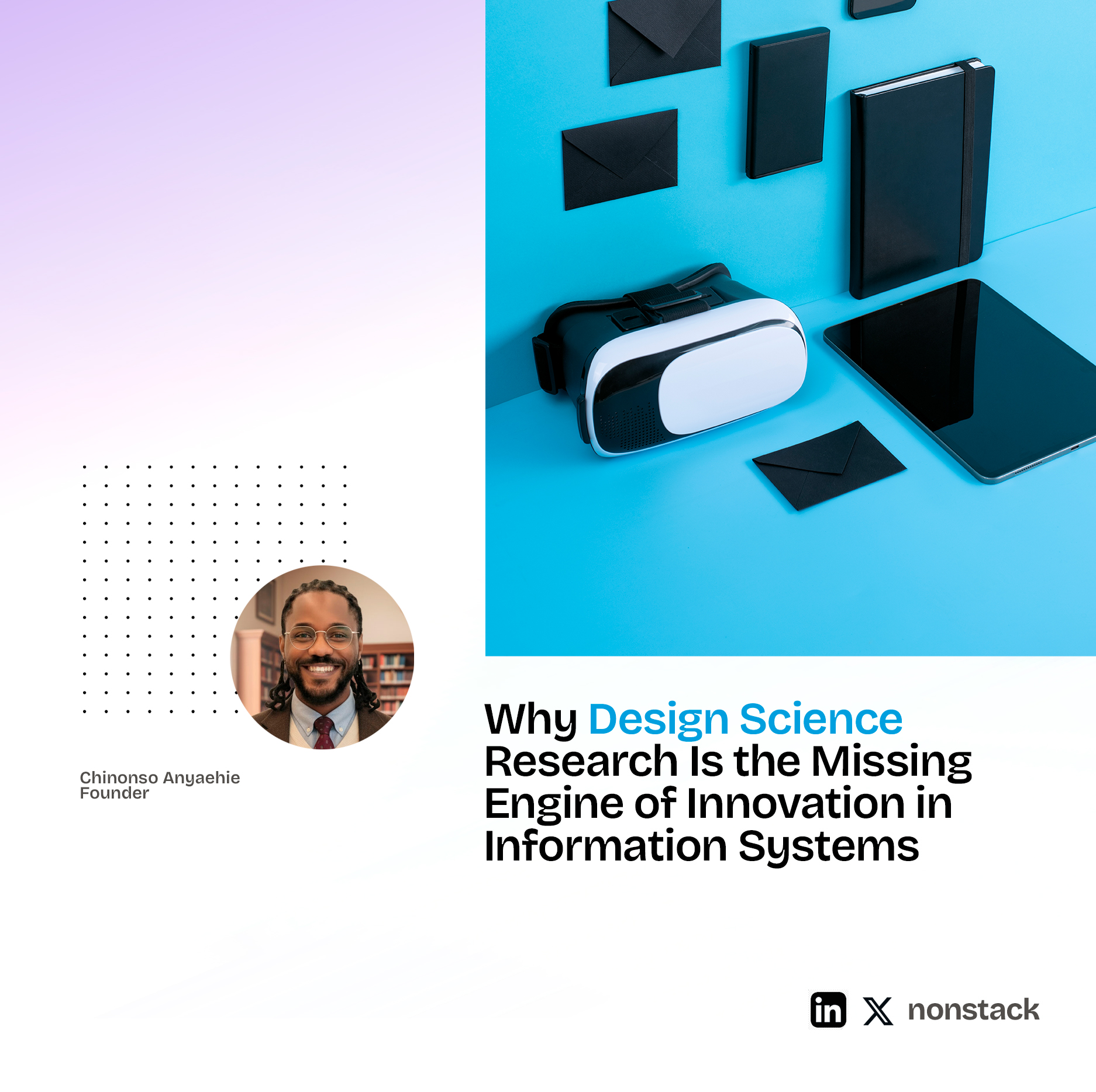
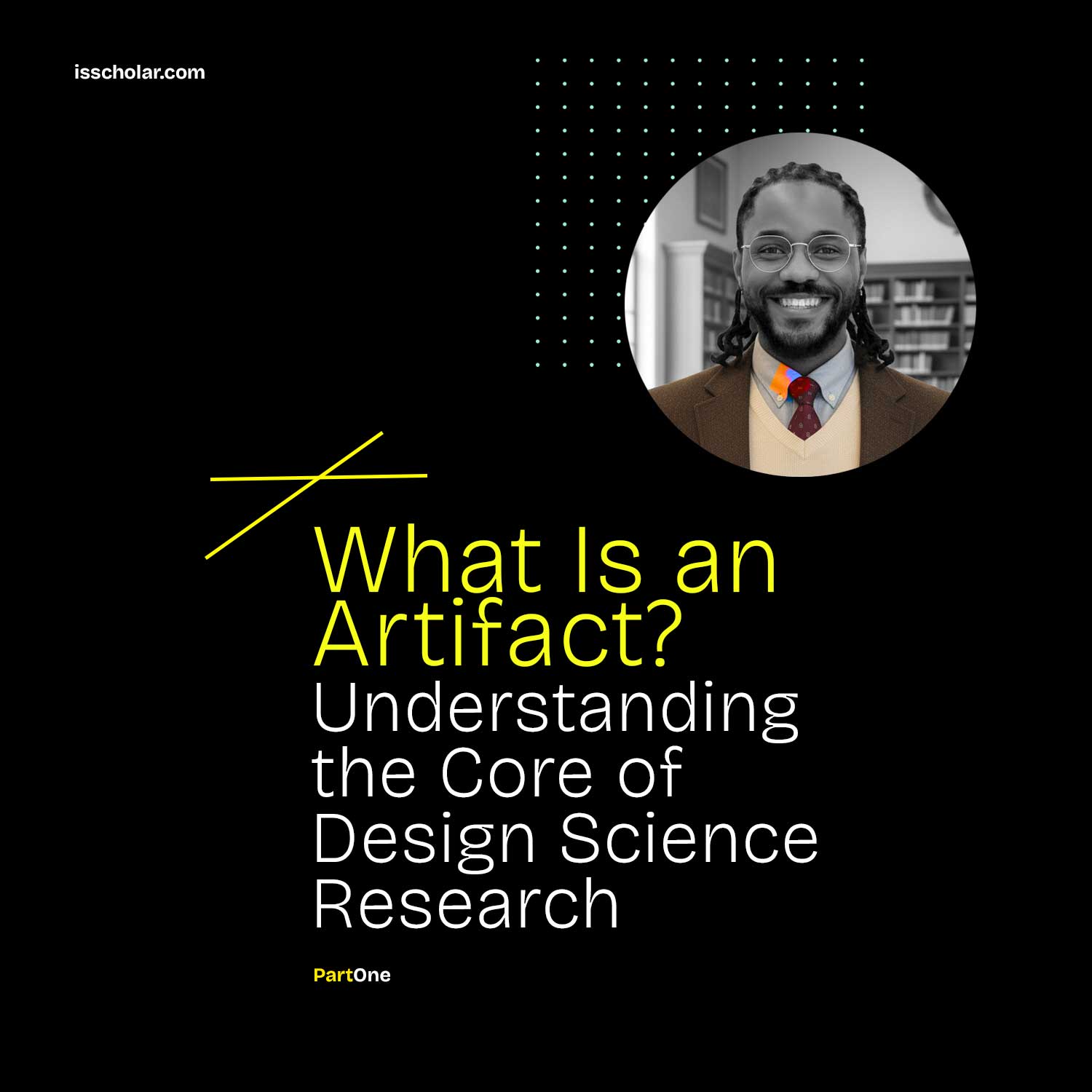

Leave a Reply